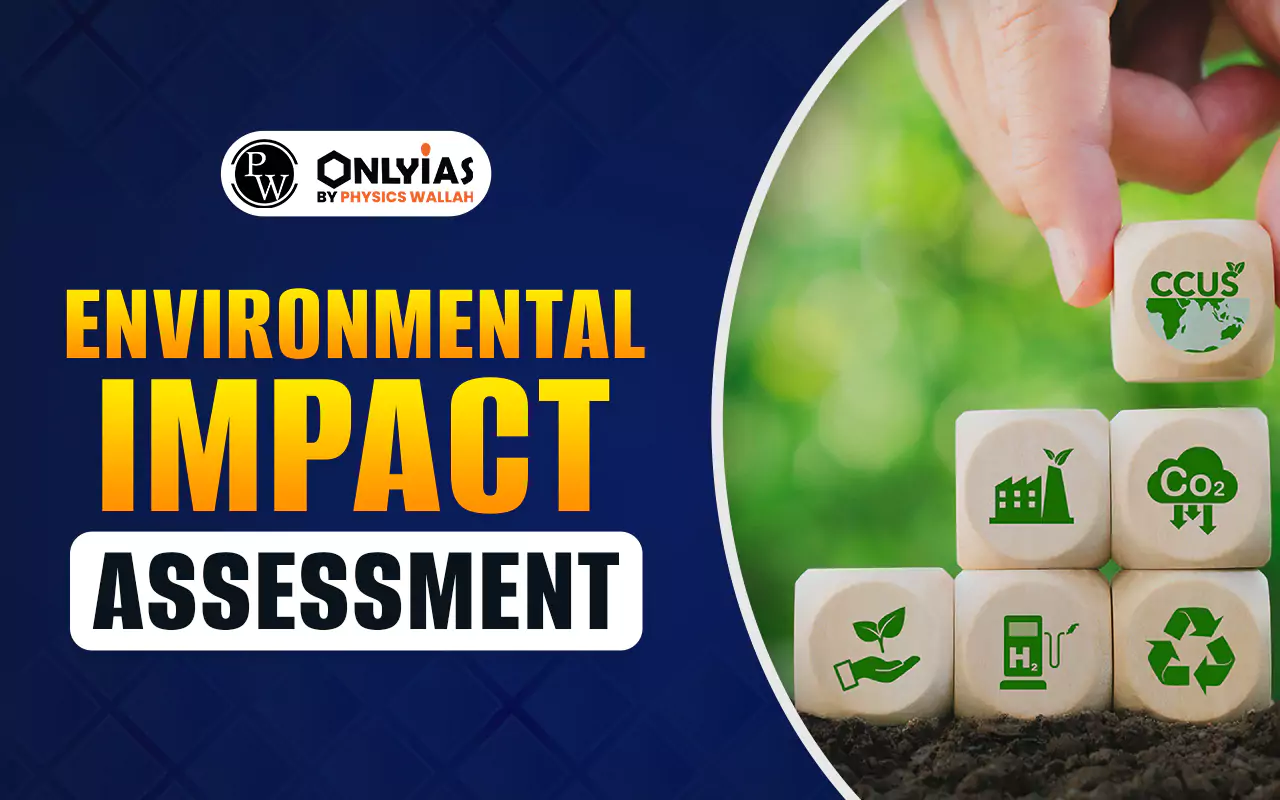Environmental Impact Assessment (EIA) is a crucial process used to evaluate the potential environmental effects of development projects before they begin. Originating in India in the 1970s and formalized through key regulations in 1994 and 2006, EIA ensures sustainable growth by balancing development with environmental protection.

Environmental Impact Assessment is one of the important tools in environmental planning. This tool helps by guiding the decisions that affect nature, people, and its resources. The aim is to ensure a proper environmental clearance for development. EIA full formed as Environmental Impact Assessment, has become an important part of sustainable growth.
It balances the need for development with the need to protect natural resources. Here, we cover several aspects related to Environmental Impact Assessment. Additionally, we are also going to cover the EIA history, impact, and other important details. So, keep referring as we provide all the crucial details.
Environmental Impact Assessment is a structured process. It checks how a project may harm air, water, land, or life. It also finds ways to reduce harm. The goal is a sound choice for society and nature. It ensures environment clearance from the right authority. It helps project owners avoid harm and plan well.
It also suggests ways to reduce or avoid those risks. For example, if a highway project may cut through a forest, the EIA will study possible damage to biodiversity and suggest alternatives or compensatory steps.
The key goal of Environmental Impact Assessment is to make sure that decision-makers consider the environment at the planning stage, and not after construction begins. This is why environment clearance is always given before the project starts. Without this clearance, the project is not legally valid.
The history of environmental impact assessment in India goes back more than four decades. In the late 1970s, large projects like dams and river valley projects were asked to provide environmental reviews. At that time, it was more of an administrative step rather than a legal requirement.
In 1986, the Environment (Protection) Act was passed. This Act gave the government the power to lay down rules for environmental protection. Using this authority, the first official notification on EIA was issued in 1994.
The 1994 notification listed certain industries and projects that could not start without prior clearance from the central government. This included thermal power plants, mining projects, chemical industries, and infrastructure projects. Over the years, many amendments were made to this notification, but it was still criticized for being too centralized and time-consuming.
To address these issues, the government issued a new environmental impact assessment notification in 2006. This became the base framework that continues even today, with several amendments made over time.
The EIA notification 2006 was a major reform in the field of environmental regulation. It aimed to decentralize decision-making, introduce more clarity, and involve local authorities.
Mentioned here are the key features of the Environmental Impact Assessment Notification 2006:
This environmental impact assessment notification of 2006 remains the backbone of the clearance system, although it has been amended several times to respond to new challenges.
The Environmental Impact Assessment process is a structured method that ensures development projects are examined for their environmental effects before they begin. It involves several key stages that move from project planning to final approval.
Check the steps of the Environmental Impact Assessment Process mentioned below:
The importance of Environmental Impact Assessment goes beyond just paperwork. It creates a balance between development and environmental protection.
Ready to boost your UPSC 2026 preparation? Join PW’s UPSC online courses today!
Environmental Impact Assessment is a process that evaluates the likely effects of a project on the environment before granting approval.
The EIA full form is Environmental Impact Assessment.
It ensures sustainable development by balancing economic growth with environmental protection.
It is implemented by the Ministry of Environment, Forest and Climate Change (MoEFCC) at the central level and SEIAAs at the state level.
Environmental clearance is the official approval given to projects after reviewing their environmental impacts.

<div class="new-fform">
</div>